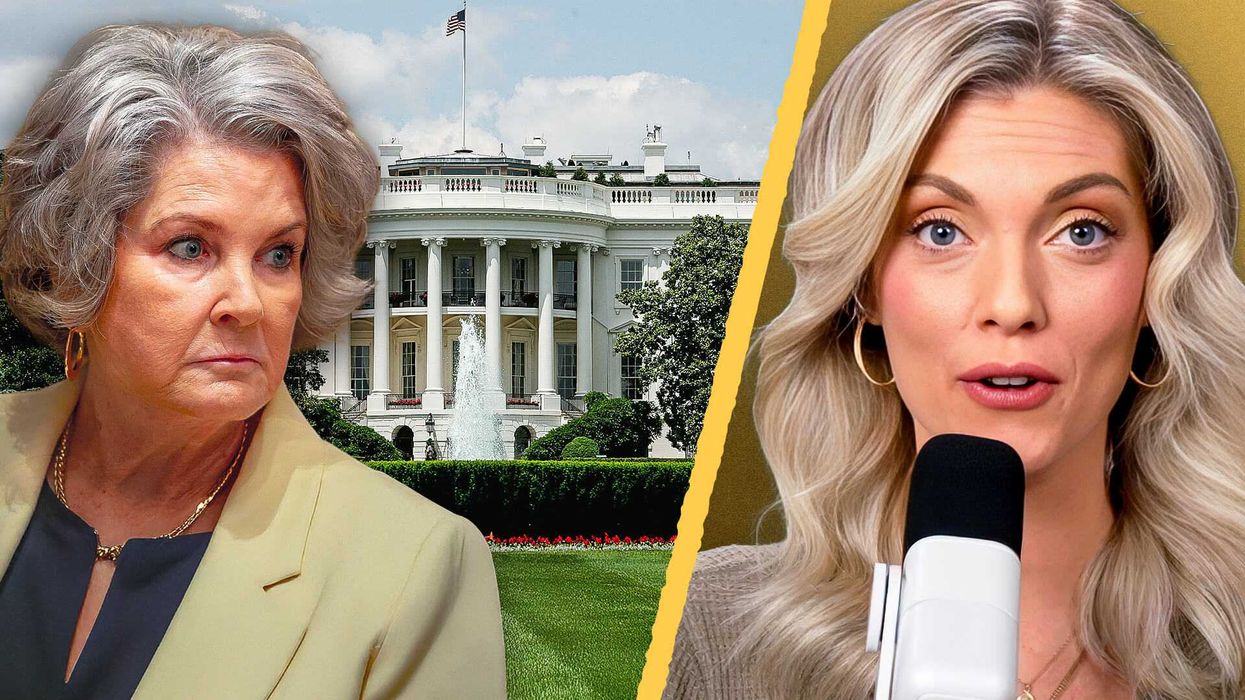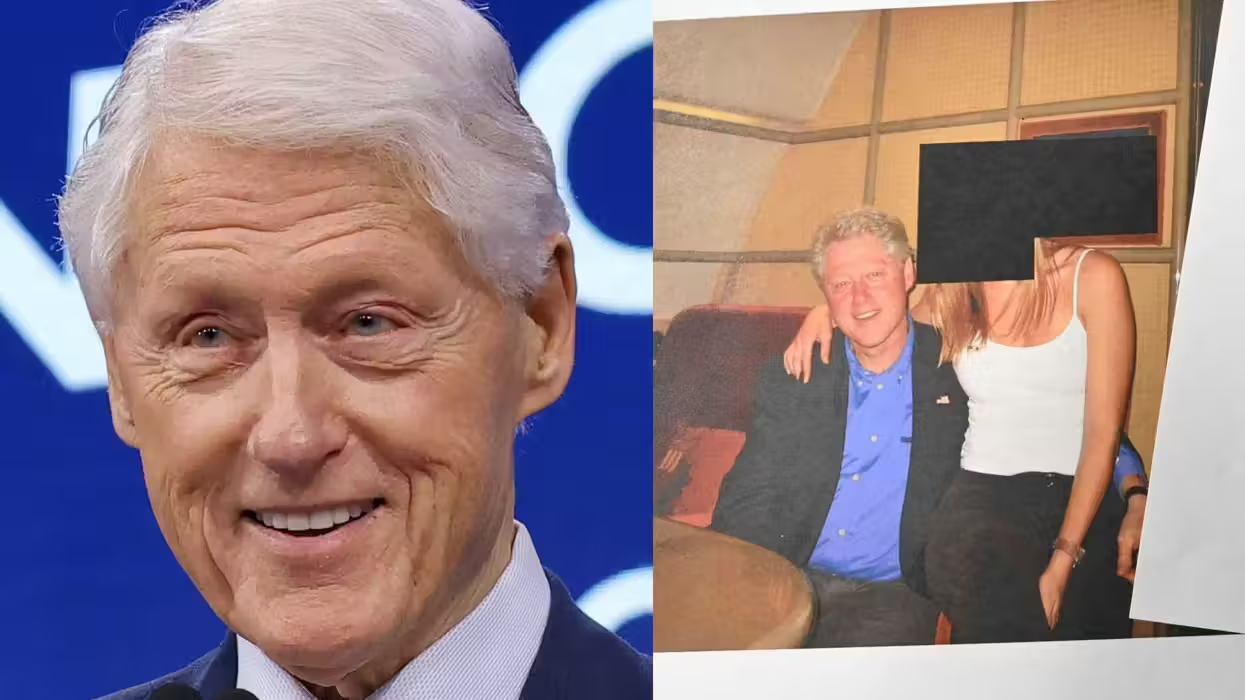
© 2025 Blaze Media LLC. All rights reserved.
Data on the labor front seems to be improving and last week the media and markets rejoiced at the news that the U.S. economy added 227,000 jobs across a broad array of industries. The percentage of adults who are working is at 58.6% which is a “Great Recession” high point.
However, the unemployment rate—which had been declining over the past five months--did not budge and remains at 8.3%. Analysts assert that this paradox reflects the fact that previously “discouraged” job seekers are now back in the hunt due to the improving employment picture. Many economists now anticipate increases in the unemployment rate as even more of these sorts of workers re-invigorate their efforts.
Can we find other economic evidence which confirms this seemingly improved labor picture? Well, somebody is buying cars. According to Autodata, Inc., U.S. auto sales were on an annual pace of 15.1 mm in February. This would be a sign of confidence and an improving economy if the purchases were made via cash. However, this is not the case. In fact, U.S. consumers are financing these car purchases and are once more taking on all types of debt-- both revolving (credit card debt) and installment (term loans with fixed rates and terms). And, we still see massive amounts of student loan indebtedness among younger people.
If debt expansion-- rather than a strong recovery-- is the reason for the recent improvement in the employment numbers and overall demand, we could see yet another “head fake” here and continued economic weakness. In that case, the Federal Reserve may initiate yet another form of quantitative easing. But many analysts assert that each round of Fed activity weakens the overall effect and fails to address lagging corporate confidence. Without business on board the recovery train, job creation will continue to stagnate. I believe there are four drivers to the US economy:
The first is consumer spending. U.S. consumers are a fickle group. When they are worried about the future, they pull back and you see drops in demand. Right now, consumers are wary of over-extending themselves in the wake of rising gas prices, rising food prices, depressed home prices, battered retirement accounts, and the murky employment picture--it is also tough for consumers who have jobs to increase their spending when real U.S. wages have been depressed for a decade.
The Federal Reserve's monetary policies also help drive the U.S. economy. Here, Chairman Ben Bernanke has kept interest rates artificially low so that the banking system can repair their balance sheets and the U.S. can re-finance its debt at a lower cost of service. The Fed has encouraged banks to expand credit for consumers and small businesses. The Fed's low rates and the increase in the money supply has also helped to boost the market for stocks, commodities, bonds, etc. In addition to the traditional --and statutory --concerns with inflation and employment, this is what I call the Fed’s “third mandate.” The Fed supports these other markets with its monetary policies so that citizens with retirement accounts benefit both monetarily and psychologically. Unfortunately, while in the short term this may lead to increases in demand, over the longer term this “wealth effect”may be illusory and-- like the recently popped housing bubble-- may cause people to spend money they don’t really have. Bubbles make the economy look good, but it is real growth and demand which are needed.
The third driver is fiscal policy. Policy makers and legislators in Washington need to create an environment which nurtures and encourages risk-taking for small and medium size companies. Fiscal policy has a direct effect on how corporate leaders make investment decisions. Good fiscal policy requires leadership and courage during times of crisis. This leadership needs to allow free markets to purge themselves via bankruptcy/acquisition when failure rears its head. This “natural law” was once the core philosophy of real capitalists. Crony capitalism is a recipe for disaster and job czars—typically selected from the same big business leadership cohort who mismanaged their companies and caused this financial meltdown—will not provide solutions.
The fourth driver is business investment. Over the past twenty years the U.S. has decimated its manufacturing sector and outsourced millions of jobs via NAFTA and various international free trade agreements. Forty-thousand industrial companies have left U.S. shores in the past ten years. If the workers left without jobs were able to retrain and advance into some other higher-tech/higher-salary field, this might be a positive thing. But of course this is not the case.
Reflecting their pessimism about the economy, corporations are hoarding cash. They claim that slow demand is the reason why job creation has been slow. In most recessions, hoarding cash would be the correct approach, but this recession is very different. Corporations need to hire before demand shows --which will create demand in the long run by jump starting the economy. For example, typically as people buy your product, you have more revenue with which to hire more people to work with those clients. But sometimes demand is dormant and waiting to be tapped. In these unique situations, a sales person needs to be hired first to uncover dormant demand.
This contradicts classic economic theory but we all know theory sometimes doesn’t translate in the real world. Right now, corporations need to take the first risky step in creating demand for their goods and services. They will be more successful than the Fed because a W-2 job will be created in the process. So who is going to take the first leap of faith in the economy? Washington needs to encourage corporations to make this leap by giving them a tax reason to do so. This could be done without sacrificing revenue in the long run.
Meanwhile, continue to watch the payroll data tax data as the real indicator and health of this economy.
Want to leave a tip?
We answer to you. Help keep our content free of advertisers and big tech censorship by leaving a tip today.
Want to join the conversation?
Already a subscriber?
more stories
Sign up for the Blaze newsletter
By signing up, you agree to our Privacy Policy and Terms of Use, and agree to receive content that may sometimes include advertisements. You may opt out at any time.
Related Content
© 2025 Blaze Media LLC. All rights reserved.
Get the stories that matter most delivered directly to your inbox.
By signing up, you agree to our Privacy Policy and Terms of Use, and agree to receive content that may sometimes include advertisements. You may opt out at any time.






